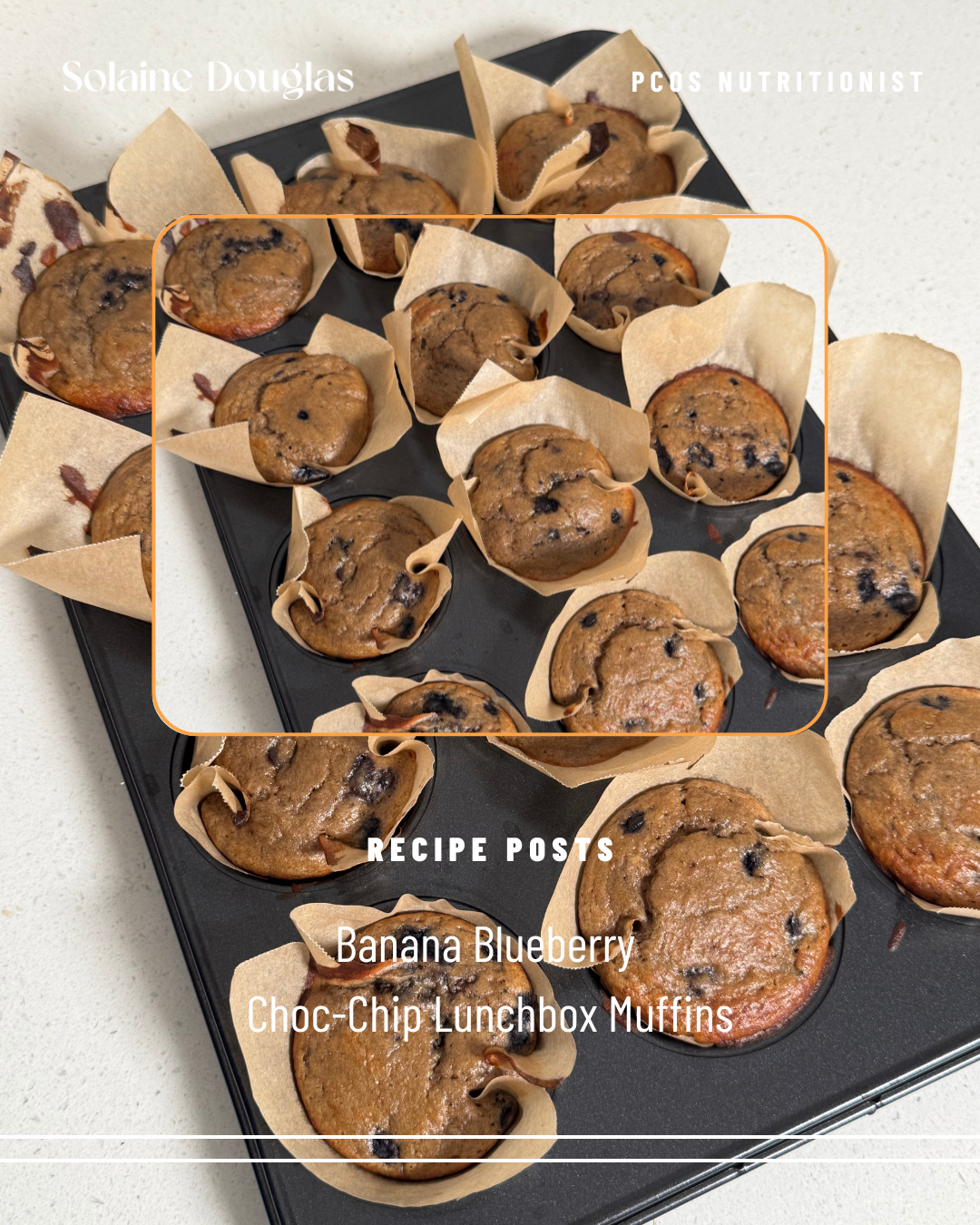The role of micronutrients and premenstrual symptoms
November 26, 2021
Many women experience premenstrual symptoms like moodiness, heightened emotions, breast pain, heavy bleeding, blood clots, irregular cycles and period pain. What many women don’t realise is that nutrient deficiency alone can cause these symptoms, or at least contribute to the severity. In this blog we unpack some of the most common nutrient deficiencies and how they actually cause certain symptoms.
Iodine & cyclical breast tenderness
You might notice tenderness, aches, swelling, lumpiness and general sensitivity. Typically you will notice these changes in between ovulation and the lead up to your period, e.g. days 14-28 if we are referring to a 28-day cycle. In most cases, you will notice these feelings fade as your menstrual bleed starts.
One of the key causes of cyclical breast tenderness and pain is elevated prolactin. Prolactin is a hormone made in the pituitary in the brain and it stimulates breast tissue to develop and proliferate. Prolactin is supposed to be elevated during pregnancy and to allow for breastfeeding, but many women experience elevated prolactin during their reproductive years outside of pregnancy and breastfeeding. Aside from the discomfort of breast pain, elevated prolactin can also cause changes to oestrogen and progesterone and therefore interfere with ovulation and fertility.
One of the driving causes of high prolactin is low thyroid function, which comes commonly from iodine deficiency. Iodine is essential for thyroid hormone production. Not enough iodine = not enough thyroid hormone = high prolactin = cyclical breast pain.
B6 & premenstrual moods
Premenstrual moods are commonly the outcome of excess histamine (maybe you also notice hayfever symptoms), and neurosteroid sensitivity, which simply means you have a different sensitivity in your brain to GABA (a neurotransmitter).
B6 is essential for progesterone production, it helps to lower prolactin, support oestrogen metabolism and lowers histamine all of which improve your premenstrual moods.
Zinc & period pain
Zinc has many roles in supporting your menstrual cycle and improving premenstrual symptoms. Zinc reduces inflammation and prostaglandins (responsible for period pain).
Zinc is an effective part of treating PCOS and acne as it helps to reduce testosterone.
Iron & heavy periods
Iron makes heavy periods worse and heavy periods make iron worse. Iron is needed to create CYP enzymes, these enzymes are needed for the first phase of oestrogen metabolism via the liver. Excess oestrogen is a key cause for heavy, painful periods, often containing blood clots. Without enough iron, not enough CYP enzymes are available to metabolise oestrogen.
Vitamin D & regular cycles
Low availability of Vitamin D can lead irregular menstrual cycles. Low vitamin D levels can impact oestrogen production, ovulation and therefore progesterone production. Leading to irregular cycles and premenstrual symptoms.
By doing thorough investigation into your blood work and micronutrient status, many of your premenstrual symptoms can start to be unpacked, understood and corrected.
Join the waitlist for my next round of The Hormone Repair Protocol.
References
https://doi.org/10.3390/nu10111729
https://doi.org/10.1111/j.1075-122X.2004.21341.x
https://doi.org/10.1016/S0015-0282(16)56884-8

